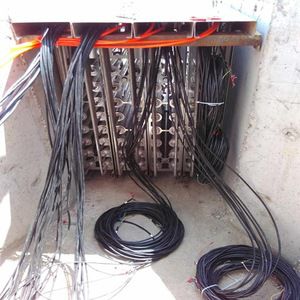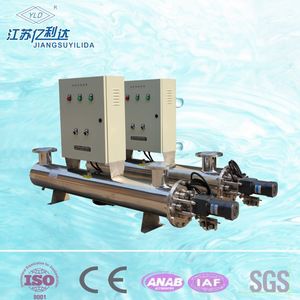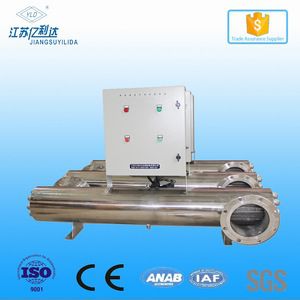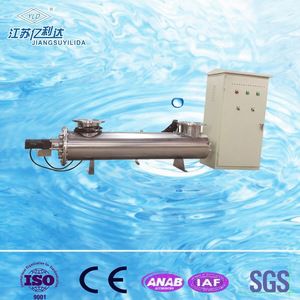Drinking water treating UV disinfection system with auto-cleaning device
UV sterilizers work on the principle that special fluorescent UV lamps can effectively irradiate (kill) microorganisms in aquarium water when they are exposed to this light. UV light, at a peak wavelength of approximately 254 nanometers, alters the genetic material in the organism's nucleus and shortens its normal life cycle. Theoretically, UV sterilizers can kill viruses, bacteria, algae, and protozoa with no residual effects. However, the organisms must be free-floating and travel through the UV sterilizer unit for the sterilizer to work. It has no effect on organisms attached to fish or rocks because they do not flow through the unit and cannot be exposed to the UV light.
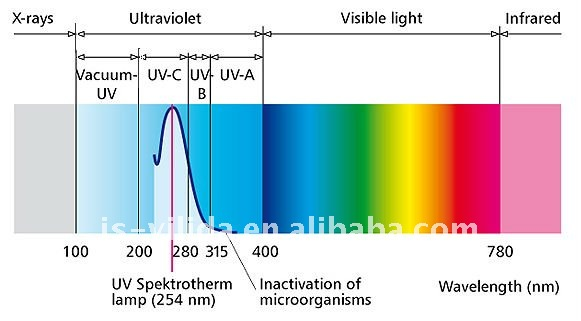
Limitation of Use
The UV water disinfection system NOT intended for the treatment of water that has an obvious contamination or intentional source, such as raw sewage, nor is the unit intended to convert waste water to microbiologically safe drinking water.
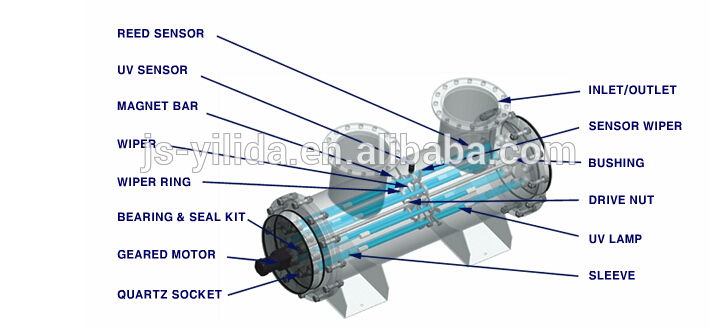
Water Quality(in)
Water quality plays a major role in the transmission of germicidal UV rays. It is recommended that the water does not exceed following maximum concentration levels.
Maximum Concentration Levels (Very Important)
Total iron content | Less than 0.3ppm(0.3mg/L) |
H2S | Less than 0.05ppm(0.05mg/L) |
Total suspended matter | Less than 10 mg/L |
Manganese content | Less than 0.05 mg/L |
Water hardness | Less than 120 mg/L |
Chroma | Less than 15centigrade |
Water Temp. | 5-60Centigrade |
PH value | 6.5-8 |
Technical parameter
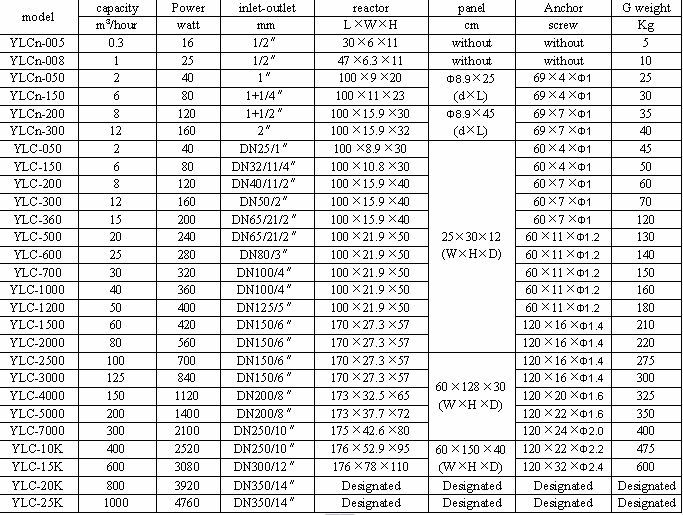
Application
1.Food processing industry, including juices, milk, drinks, beer, practical oil and canned food.
2.Electronic industry.
3.Hospitals, various laboratory and high levels of pathogenic body water disinfection.
4.Households building, residential, office buildings, hotels, restaurants, water factories.
5.Purification and disinfection of shellfish, fish cleaning and disinfection
6.Military camp, field water supply system
7.Urban wastewater disinfection.
8.Swimming pool, other recreational water disinfection
9.Thermal power, nuclear power plant industrial, central air conditioning system cooling water.
10.Biological, chemical and pharmaceutical, cosmetics for the production of cooling water.
11.Sea water, fresh water breeding, aquaculture water
12.Agricultural water disinfection
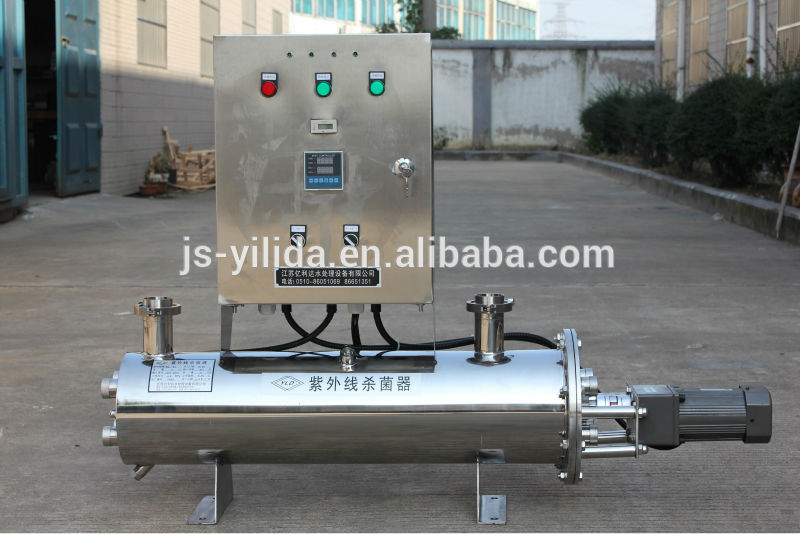
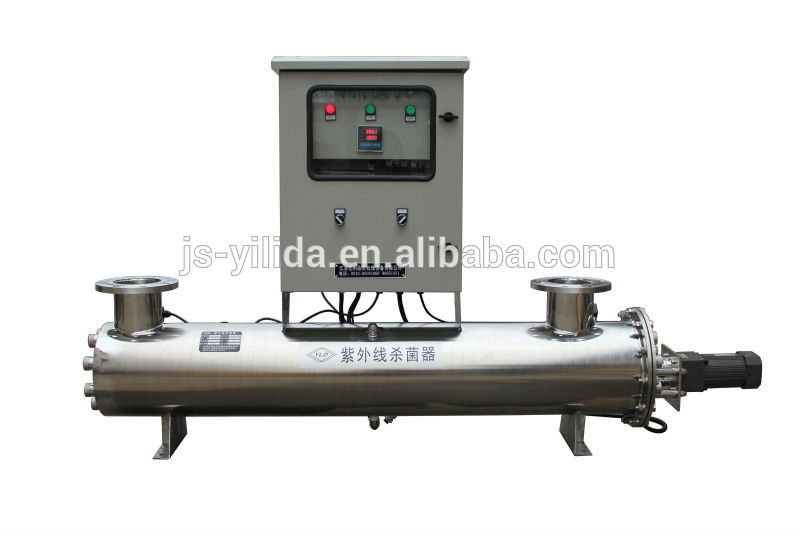
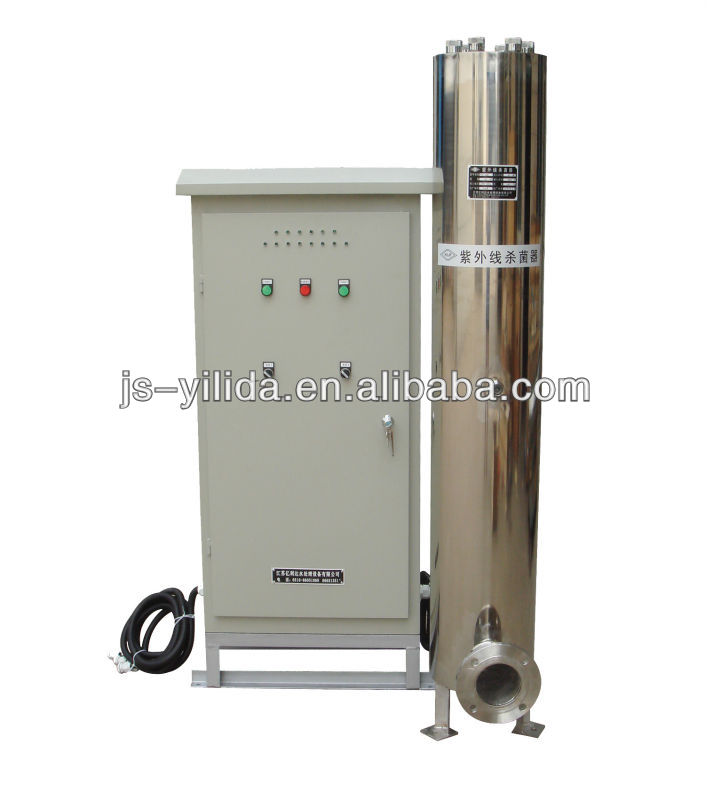
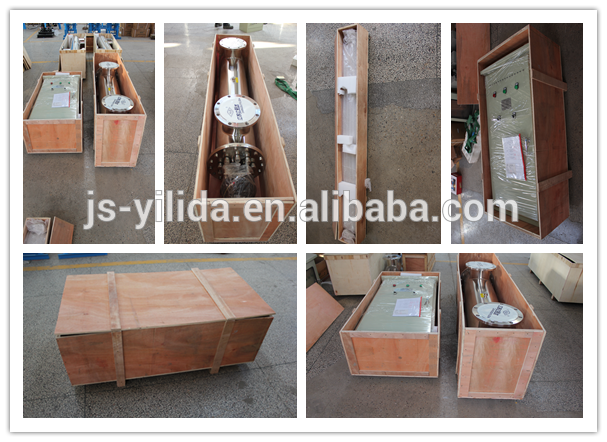
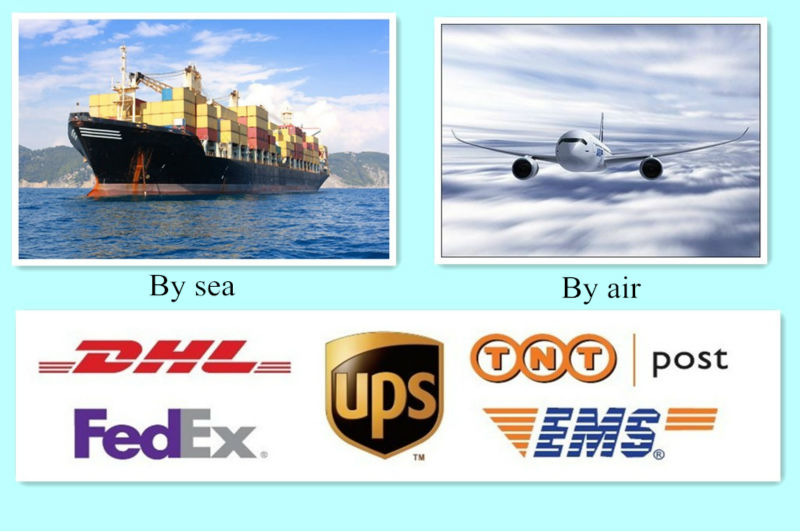
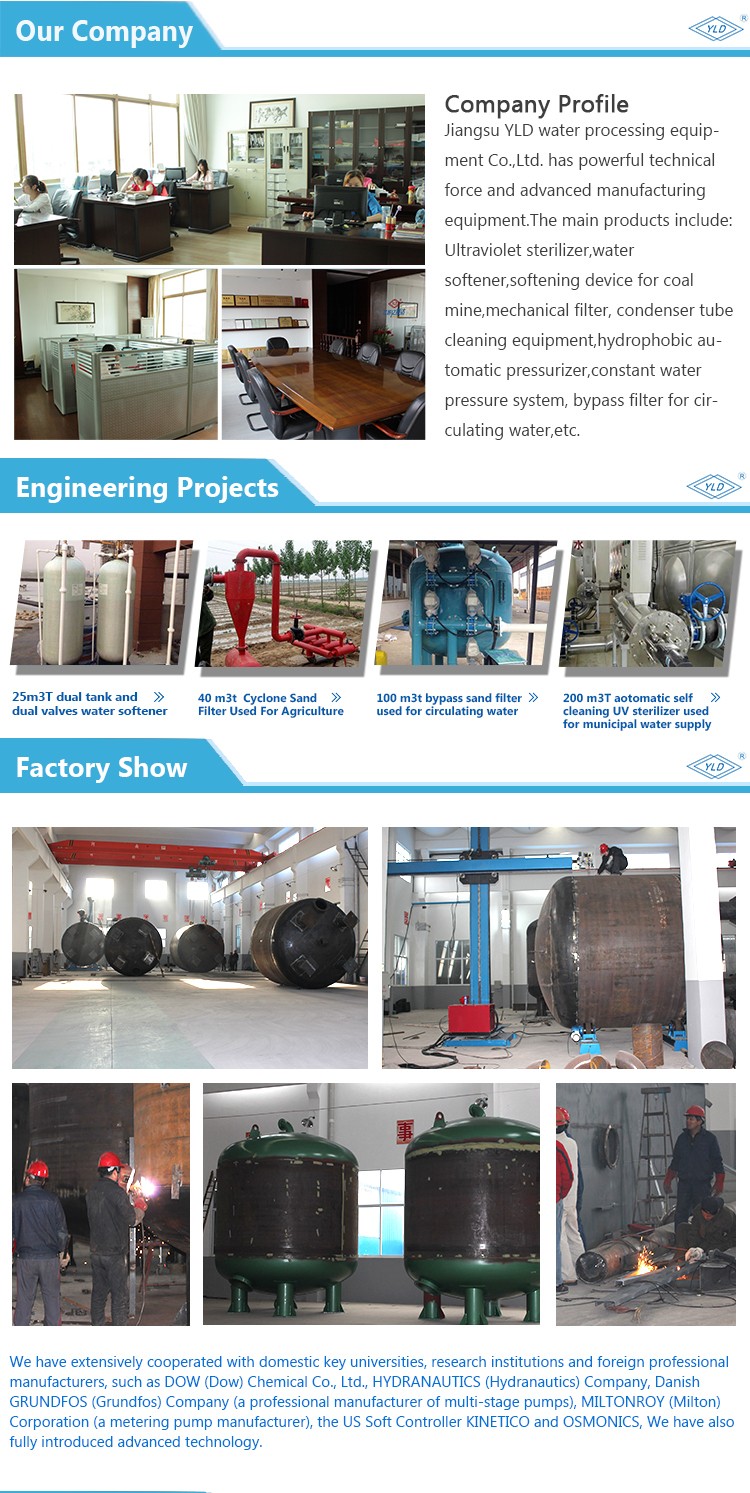



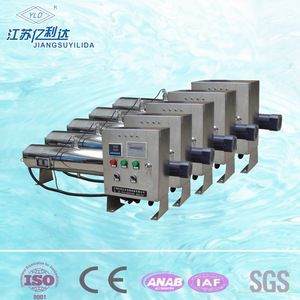


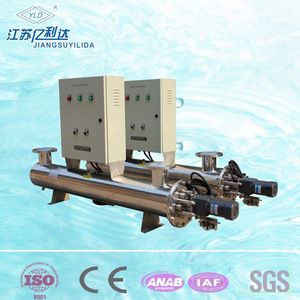

 China
China